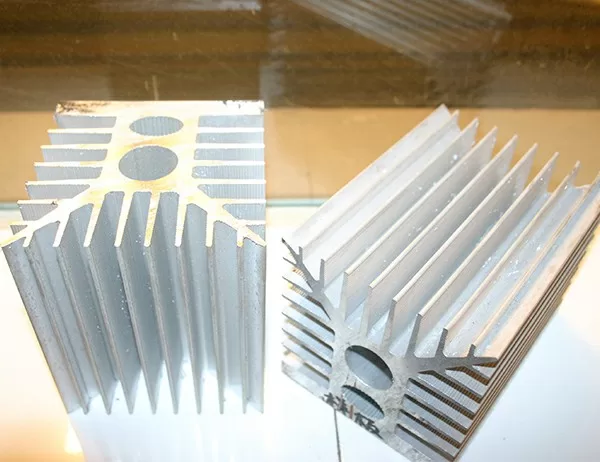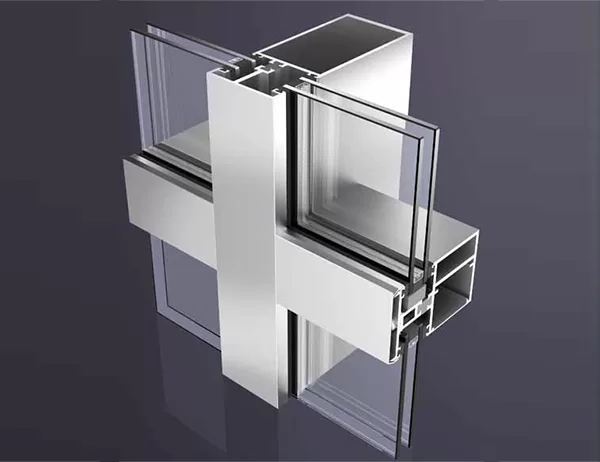The Ultimate Guide to Aluminum Formwork Systems: A Comprehensive Overview
In the construction industry, efficiency, precision, and safety are paramount. Aluminum formwork systems have revolutionized the way concrete structures are built, offering numerous advantages over traditional wooden formwork. The “Ultimate Guide to Aluminum Formwork Systems” provides an in-depth exploration of this innovative technology, equipping readers with a comprehensive understanding of its benefits, applications, and best practices.
Benefits of Aluminum Formwork Systems
> Durability and Longevity: Compared to wood, aluminum is significantly more durable and can withstand repeated use, reducing replacement costs and downtime. Its resistance to moisture, rot, and fire further enhances its longevity.
> Lightweight and Ease of Handling: Aluminum formwork systems are lightweight, making them easy to transport, assemble, and dismantle. This reduces labor requirements and improves overall productivity.
> Accuracy and Precision: Aluminum formwork systems are precision engineered, ensuring accurate alignments and consistent dimensions. This eliminates the need for extensive post-pour adjustments, saving time and resources.
> Time Efficiency: Aluminum formwork systems are designed for quick and efficient assembly. The modular nature of the components allows for rapid construction and removal, minimizing project timelines.
Applications of Aluminum Formwork Systems
> Residential Construction: Aluminum formwork systems are ideal for low-rise residential buildings, apartments, and single-family homes. They provide high-quality concrete surfaces with minimal labor input.
> Commercial Construction: In commercial buildings, such as offices, schools, and hospitals, aluminum formwork systems offer faster construction times and reduced costs. Their versatility allows for complex geometries and architectural flourishes.
> Industrial Construction: Aluminum formwork systems are suitable for heavy-duty industrial applications, including warehouses, factories, and bridges. Their strength and durability make them ideal for large-scale concrete structures.
> Civil Engineering Projects: In civil engineering projects, such as tunnels, dams, and bridges, aluminum formwork systems provide reliable and durable solutions. Their ability to handle high loads and complex shapes makes them essential for these demanding applications.
Best Practices for Using Aluminum Formwork Systems
> Proper Planning and Design: Careful planning and design are crucial to the successful implementation of aluminum formwork systems. This includes determining the correct form size and spacing, as well as considering any necessary accessories or modifications.
> Safe Assembly and Disassembly: Safety should be a top priority when working with aluminum formwork systems. Proper training and supervision are essential to ensure safe assembly, disassembly, and handling of the components.
> Regular Maintenance and Inspection: Regular maintenance and inspection of aluminum formwork systems are essential to maintain their performance and longevity. Inspections should include checking for damage, cleaning, and lubricating moving parts.
> Sustainability: Aluminum formwork systems are inherently sustainable due to their durability and reusability. By reducing waste and using recycled materials, they contribute to environmental protection.
The “Ultimate Guide to Aluminum Formwork Systems” provides a comprehensive overview of this innovative technology, highlighting its benefits, applications, and best practices. By embracing aluminum formwork systems, construction professionals can reap the rewards of increased efficiency, precision, and durability, ultimately delivering high-quality concrete structures with reduced costs and timelines.




